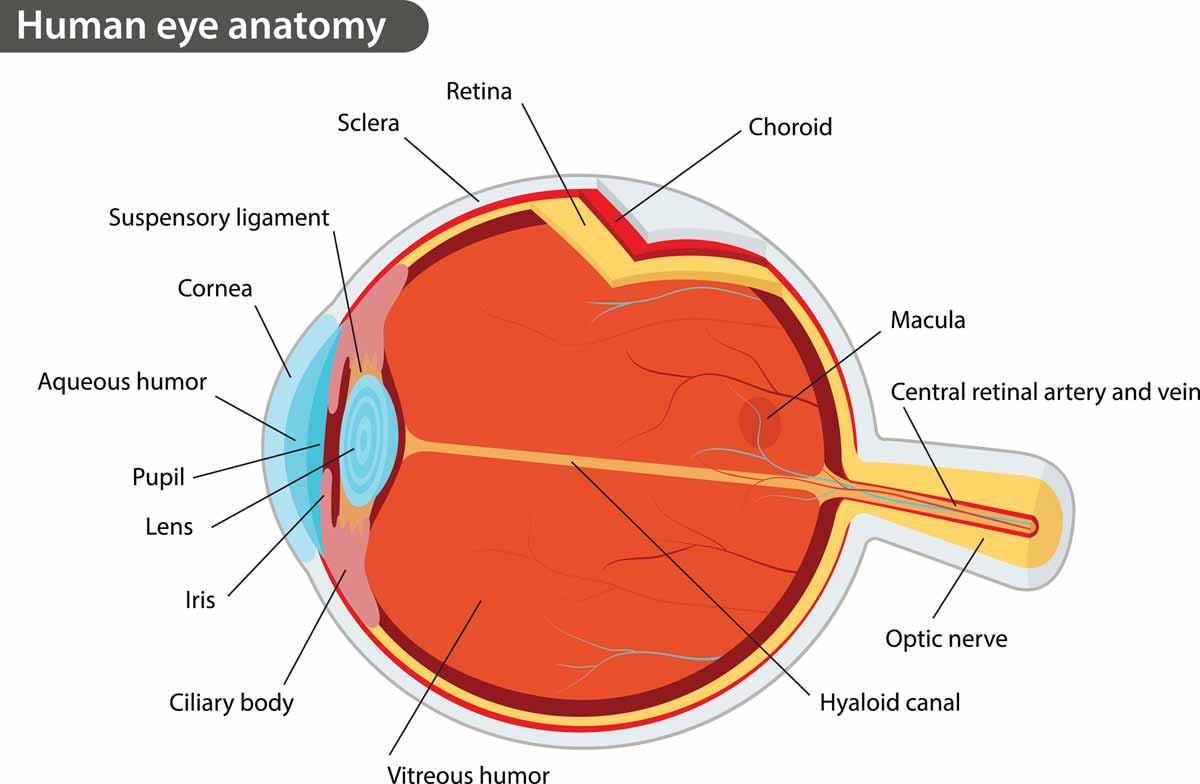Attorney for Eye Injuries Caused by Negligence and Wrongdoing
When an eye is damaged because of the negligence or wrongdoing of a person or company, the injured person and his or her family have the right to sue for compensation. The primary reason for a lawsuit is money, and our lawyers work hard to get large settlements for our clients. But a suit can also force a company to provide information that would otherwise not be obtainable.

For example, if someone’s eye is lost in an explosion involving a gas pipeline, our lawyers will be able to get corporate documents regarding the installation and maintenance of that pipeline. They will also be able to ask corporate executives, managers, and other employees questions. These answers can be used as evidence.
In one of our many lawsuits against a trucking company, our lawyers dug through a room full of boxes that were filled with corporate documents while looking for evidence. They also “deposed” (interviewed with a court reporter taking notes) the truck driver and corporate executives. Although the trucking company insisted their driver was not at fault, our lawyers found enough evidence to get a multi-million-dollar settlement.
Lawsuit for Eye Injuries from Blow to the Head or Shrapnel
There are a number of eye injuries and complications that can be caused by blunt force or shrapnel (for example, metal shards from a defective air bag):
- blindness, total or partial loss of vision
- infection
- gangrene
- traumatic glaucoma
- aneurysm in the orbit or retina
- pulsating exophthalmos
- emphysema of the orbit and lids
- iridodialysis/cyclodialysis
- eyelid laceration
- corneal abrasion
- conjunctival laceration
- tramautic iritis
- hyphema
- microhyphemao
- orbital blow-out fracture (broken socket)
- traumatic retrobulbar hemorrhage
- traumatic optic neuropathy
- intraorbital foreign body
- corneal laceration
- ruptured globe
- penetrating ocular injury
- intraocular foreign body
- commolio retinaet
- traumatic chorodial rupture
- chorioretinitis sclopetaria
- Purtscher retinopathy
- Inflammation.
Eye Damage and Blindness from Infection
A bacterial infection can cause eye damage. This can happen when toxins or the bacteria travel to the eye or when there is severe brain damage that causes oxygen deprivation.
In a recent case, attorneys at Fred Pritzker and his team represented a baby who contracted a Listeria food poisoning infection before birth. After delivery, the little one became deathly ill. One of the many complications of the infection was permanent blindness from cortical visual impairment (CVI). We settled the cortical visual impairment lawsuit during a jury trial.
Money Settlement Should Include Amounts for Long-Term Risks
Many people sustain eye injuries that are initially healed but carry long term risk involving retinal scarring or changes in occular pressure leading to glaucoma. Things that don’t manifest at the time of the incident may surface later and have significant implications for future loss.
We work with ophthamologists and neuro opthamologists who understand these kinds of cases and who understand the future implications because we need to obtain compensation for injuries that exist now and for the injuries that might occur in the future.
Part of that also involves medical monitoring and the need for diagnostics and ongoing care to evaluate those changes. We need to ensure that we can quantify the risk and the emotional distress with that risk so that we can obtain excellent compensation for our clients.
You can contact our attorneys for a free consultation at 1-888-377-8900.
Birmingham Eye Trauma Terminology (BETT)
Birmingham Eye Trauma Terminology (BETT) provides standardized vocabulary for injuries to the globe. BETT injuries have the following classifications:
- open (full thickness of the eyewall);
- closed globe (examples, traumatic hyphema, corneal abrasion);
- blunt force or sharp;
- lacerating injury;
- penetrating injury (something penetrates, but there is no exit wound);
- perforating injury (penetration and exit wounds);
- intraocular foreign body;
- contusion injury (blunt force, closed globe injury);
- Lamellar laceration (sharp object partially penetrates the cornea or sclera);
- ruptured globe (open globe injury resulting from blunt trauma, which can rupture the cornea, scleral, equator, staphyloma).
Serious Eye (Ocular) Burns
Serious ocular burns (grades 3 and 4) cause permanent injury, including blindness. There is an alteration of eye tissue, with possible “necrosis” or destruction of tissue. Some possible damage includes:
- conjuctival covering;
- tissue “necrosis” or destruction (burned away);
- abscess of the cornea;
- symblepharons of cornea.
Ocular burns can be chemical (lye, ammonia, battery acid, bleach, industrial chemicals), thermal, electric, or caused by radiation.
Brain Damage
In most severe eye injury cases, there is also some brain damage. Traumatic brain injury (TBI) happens in these cases when:
- blunt force trauma to the head;
- an object penetrates the eye and the brain.
In one of our cases, a tow truck hook large enough for an 18 wheeler hit our client, smashing the right side of his head, taking out the right eye. It is a miracle he lived. He now has a glass eye and severe, permanent brain damage. The multi-million-dollar settlement we got for him and his family is helping them cope with a very difficult, tragic situation.